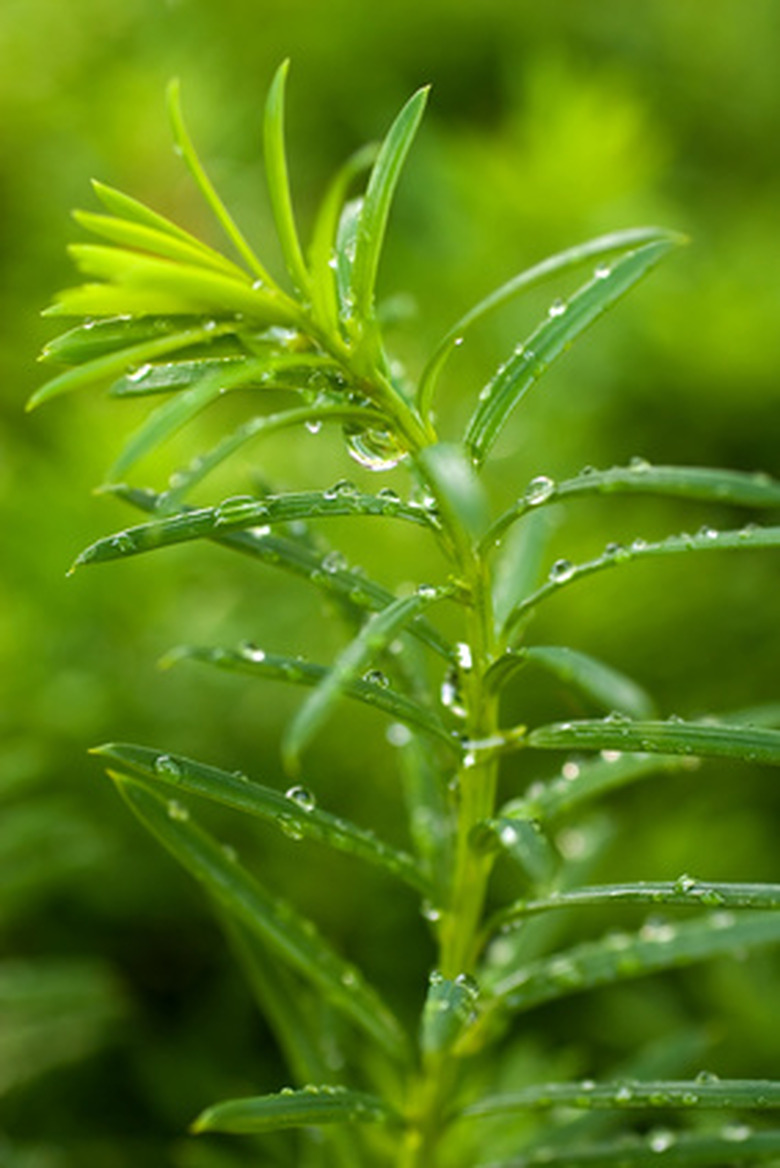Juniper Tree Facts
Juniper is an evergreen tree that is similar to a pine tree in many ways. Junipers are native to many parts of the world, including North America, South America, Europe, Asia and Africa. Junipers have been used in many parts of the world for hundreds of years. Junipers are drought-tolerant and good in areas where water is in short supply.
History
History
Juniper has been cultivated and used in Europe for hundreds of years. A juniper liqueur called junivere has been made in various parts of Europe for centuries. Gin, the popular English liquor, is flavored using juniper berries. In North America, juniper was used by the Micac and Malecite tribes. Juniper was also used by native South Americans for a number of purposes.
- Juniper is an evergreen tree that is similar to a pine tree in many ways.
- Junipers have been used in many parts of the world for hundreds of years.
Medicinal Use
Medicinal Use
Europeans used juniper berries as a tonic by infusing the berries in alcohol and drinking the alcohol. Gin and tonic was a popular preventative medicine among the British during the occupation of India. The gin was mixed with a tonic water flavored with quinine, an anti-malarial. Native North American tribes used juniper for wounds, sprains, tuberculosis, ulcers and rheumatism. Most native South American uses of juniper were as a medicinal herb.
Hardiness
Hardiness
Juniper can be a very hardy tree. Depending on the variety, junipers can be hardy down to -40 degrees F. For example, Colorado junipers grow at very high elevations in the Rocky Mountains where they receive very little rain and survive bitterly cold temperatures. These high-altitude junipers grow very slowly. Given better growing conditions, the trees grow more quickly.
- Europeans used juniper berries as a tonic by infusing the berries in alcohol and drinking the alcohol.
- Depending on the variety, junipers can be hardy down to -40 degrees F. For example, Colorado junipers grow at very high elevations in the Rocky Mountains where they receive very little rain and survive bitterly cold temperatures.
Water
Water
Junipers require very little water and often take over areas during periods of drought. A juniper can survive well with only a few inches of water per year. However, water requirements depend on the variety. Your cultivated junipers will grow better with 2 to 3 inches of water per week.
Light
Light
Juniper will grow well in a variety of light conditions. They will do well in bright sun but also can grow well in shade. Some varieties of juniper do better in shade and may lose their bright green color in the sun and become lighter green or, in some cases, yellowish. Light requirements will vary, depending on the variety of juniper, so check with your nursery if you are planting a new tree.
- Junipers require very little water and often take over areas during periods of drought.
- A juniper can survive well with only a few inches of water per year.
